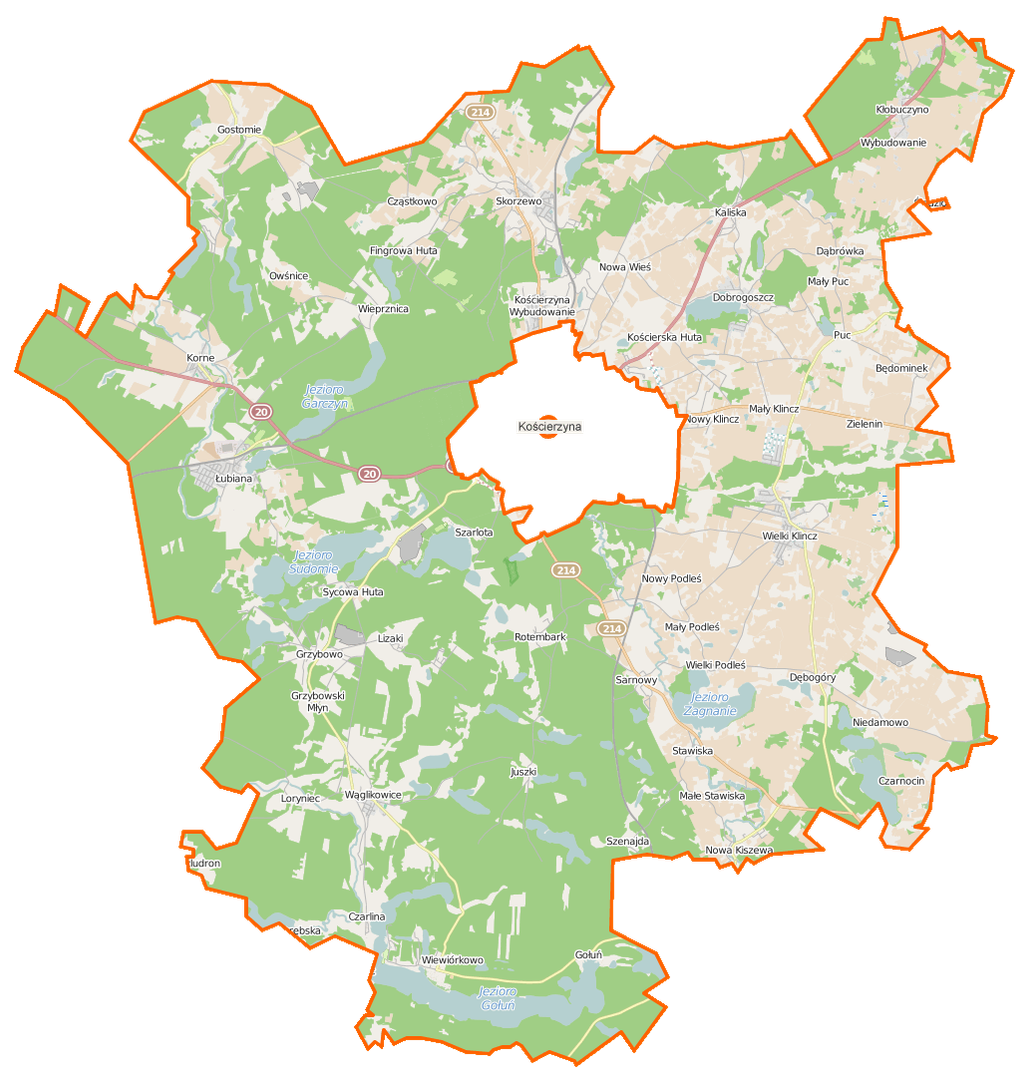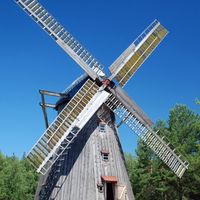Kościerzyna
8.44

Overview
The Kościerzyna Municipality, located in the Pomeranian Voivodeship, is the largest municipality in the Kościerzyna County and boasts a rich history and Kashubian culture. It was established on January 1, 1992, as a result of the division of the urban-rural municipality, and its seat is the town of Kościerzyna. In 2013, Kashubian names were introduced for many localities, highlighting the local cultural heritage. The municipality covers an area of 310.15 km², of which approximately 47% is covered by forests, as well as numerous lakes, the largest of which is Lake Wdzydze, known as the "Kashubian Sea." The area features tourist attractions such as the Wdzydze Landscape Park and the Museum – Kashubian Ethnographic Park in Wdzydze, which is one of the oldest open-air museums in Poland. Additionally, various folklore events are organized, such as the Wdzydze Fair, which brings together local artisans and artists. The municipality is also home to the Folklore Ensemble "Kashubian Notes," and local Rural Housewives' Clubs regularly participate in various competitions. The municipality has a well-developed transport network, with national and regional roads, as well as an airstrip in Korne. It is worth noting that the Kościerzyna Municipality is known for its legends, such as the one about the Devil's Stone, which, according to tradition, was thrown by a devil trying to block pilgrims' path to Gdańsk. In terms of education, the municipality operates numerous primary schools, and its residents have a strong cultural identity, which helps preserve local traditions and customs. The municipality also includes many protected areas, such as the Tuchola Forest Biosphere Reserve, reflecting the commitment to preserving the region's natural wealth. The Kościerzyna Municipality is a partner with the municipalities of Cölbe in Germany, Pniewy, and Radków, through which various projects in culture, education, and support for local community development are implemented.
Location
You can also find here:
2025 Wizytor | All Rights Reserved

